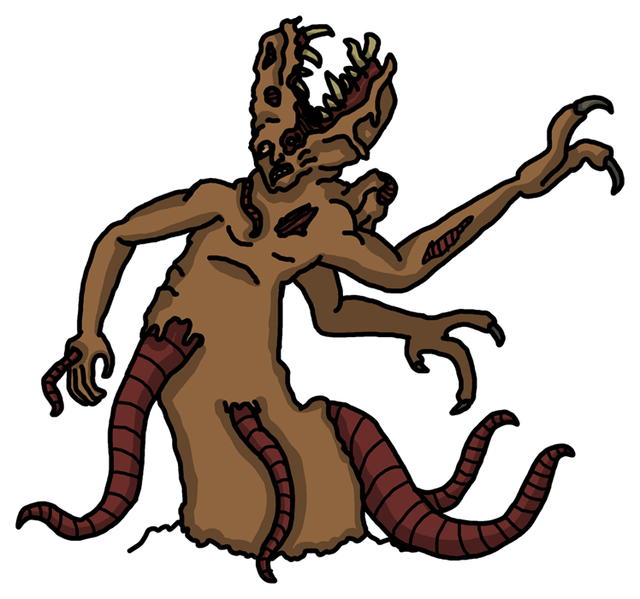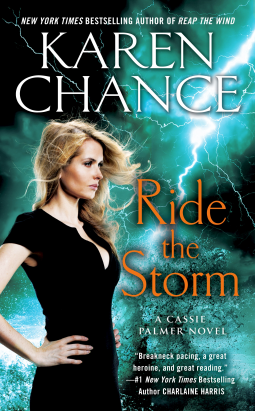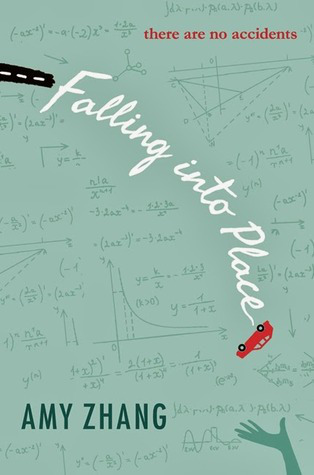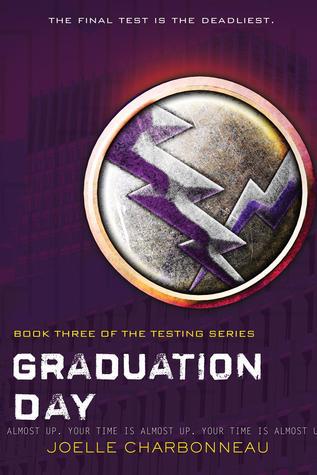 Say hello to the Thing, sometimes called the Thing from Another World. I’m generally against giving monsters vague pronouns instead of actual names, but man, the Thing makes it work. For those who have not seen the 1980 classic The Thing, do yourself a favor and watch it now. No, seriously, stop reading this article and watch it. Go into it untainted and pure, ready to experience something marvelous and horrifying.
Say hello to the Thing, sometimes called the Thing from Another World. I’m generally against giving monsters vague pronouns instead of actual names, but man, the Thing makes it work. For those who have not seen the 1980 classic The Thing, do yourself a favor and watch it now. No, seriously, stop reading this article and watch it. Go into it untainted and pure, ready to experience something marvelous and horrifying.
Back? Cool. Let’s continue.
Brief synopsis time: In The Thing, a group of researchers in Antartica discover an alien monster trapped in the ice. This monster is able to shapeshift into a perfect replica of other species, even retaining their memories and personality when it does so – granted, to do this is also has to eat them. Hilarity ensues when it starts assimilating the researchers, and no one knows who is still themselves and who has become… the thing.
(That’s an incredibly simplified synopsis that leaves out some key details, which you’d know if you followed my directions and watched this amazing movie before reading this ICHF article.)
I’ve talked before in this series about how monsters aren’t always treated as characters, and how horror has to strike a balance between the unknown and the known. Sometimes writers try reduce a monster to just an extension of the conflict in an effort to keep up the mystery, which in turn makes it easier to play things for horror (in theory). After all, it’s a lot easier to keep the audience on their toes if the monster has no motives or personality quirks that could help them predict its behavior, right?
Yet the Thing does something special: it develops a character entirely around being strange and inhuman. Unlike the Alien, which took human traits and perverted them to the point of making them seem strange and unnatural, the Thing is just completely bizarre. It has no true form as far as we know, taking on a strange hybrid of human, dog, and alien body parts every time it’s exposed. Every cell of the creature can function autonomously, rapidly mutating whenever it is harmed so that some part of it lives in some way, shape, or form. While the creature’s motive is clear – assimilate everyone, fix spaceship, and take over the earth – its capacity for thought and feeling is left up in the air, though by the end of the movie we can’t help but realize it is a clever fucking bastard.
And by clever, I mean it has a million different shapes to kill you with, and a million more schemes to trap you so it can use them. We don’t need to strip it of motive to make it terrifying – the simple fact that you can’t know which humans are the Thing and which aren’t is mystery enough to keep the suspense going, and no one can truly be ruled out – even corpses can turn out to just be a dormant Thing in wait. It’s capacity for expression is as great as our own, if not greater – the Thing snarls in fury when it is found, screams in agony when it is burned, and lets us know that it definitely does not appreciate the humans foiling its plan. It gets to be a character AND the unknown, which is such a hard balance to strike. Hell, technically it’s several characters.
There’s a fan fic for this movie that (I think?) is semi-canonical called The Things that tells the story from the Thing’s perspective, letting us feel its horror are the humans’ inability to fuse together like it and every other species it has met in its interstellar travels. It is so repulsed by our inability to “take communion,” and our desire to destroy it, that it decides to forcefully convert us into itself. It’s a marvelous example of how to write a nonhuman in a way that is both authentically not-human, and yet perfectly understandable to humans – and it’s a testament to the strength of the original film’s writing, as the film totally supports this unique characterization – again, I’m fairly sure one of the creators gave it honorary canon status.
Share this:




